Ritu Dubey, Global Head of Market Development, Digitate, says if European enterprises recognise the transformative potential of AI and automation there should be more consideration for comprehensive adoption strategies.
If enterprises pour tens of billions into AI capital expenditures, the obvious expectation is that they have the right implementation strategy in place to make the most of this investment.
Recent findings from Digitate prove this is not the case.
While 92% of European organisations have implemented AI and automation, many lack a strategic approach to maximise impact. For example, 40% of businesses have deployed AI for customer support, yet a superior customer experience is not cited as a top advantage of AI deployment. This points toward either a ‘throw against the wall and see what sticks’ strategy or none at all.
There is no one-size-fits-all approach. However, as a principle, AI adoption strategies need to be transformative rather than a siloed approach within a specific area or business unit. Enterprises will need machines to be more than intelligent to take them to the next level–they will also need to be holistic. The intent for investment is right and these enterprises only need to match that with a winning approach.
The first step: building AI literacy across teams
Organizations expect a dramatic shift toward autonomous operations in the next five years, with the number of companies using automation that learns and adapts with minimal human input projected to more than double from 7% to 20%.
Meanwhile, rolling out AI services can be time intensive, taking a significant period for the benefits to be felt across the business. While AI is often implemented to increase speed and efficiency, these goals can be hindered if team literacy is so low that it creates a barrier to successful implementation. This lack of understanding or practical skills among the team can prevent them from fully embracing the technology, further delaying its positive impact.
For the implementation of AI tools to be truly effective, it’s crucial that the entire team, from junior to senior members, understands the impact and practical use cases of the technology. This level of understanding ensures that the team is not only technically proficient but also aligned with the strategic vision of AI deployment, are open-minded towards the benefits it will bring to the business and proactively applying it in their domains, cross-domains to deliver better enterprise outcomes.
By investing in training and fostering a culture of AI literacy, organisations can streamline the adoption process, minimise resistance and enhance the overall effectiveness of AI solutions. Maximising AI investment is ensuring your team is AI-ready, and ensuring this team readiness can help accelerate the successful integration of AI into business processes and allow organisations to reap the benefits more efficiently.
Making AI adoption work for you
The amount of data being generated is humongous, and it will continue to grow exponentially over the coming years. As a result, it has become more difficult to make sense of this data. and AI-powered insights can help. AI applications done right can help to uncover actionable insights from data, which is essential for success. Enterprises can extend the benefits of AI-powered insights even further.
Take the case of Explainable AI (xAI), which not only gives AI-powered insights but explains why such actions have been taken. With the increasing amount of observations that can be generated using AI-powered insights, xAI makes it easy to separate real insights from the noise. xAI-generated insight helps enterprises take one more step further, where the technology reports the bad news but also recommends fixes that might still be able to meet company objectives. xAI offers enterprises several tangible business advantages including enhanced decision-making, regulatory and ethical compliance, improved model performance, better risk management, easier debugging and maintenance and customer satisfaction.
AI adoption is not a siloed process within a specific department or unit, it’s rather transformative. We must start by envisioning the end goal we want to achieve and work back from there. Successfully adopting this technology from an end-to-end standpoint means it starts delivering on the experience, helps in enterprise problem management, and unlocks greater efficiencies.
Transformation leading to this degree of change and machine involvement can be daunting. It could also be perceived as high risk but with the right planning, motivation, visibility and excitement welcome change that helps them transform and become more effective.
Maximising AI investment returns
The time for speculative investment is over. According to reports, 60% of organisations report significant time savings, 57% cite increased efficiency and 55% have seen higher productivity resulting from their AI and automation implementations.
If European enterprises recognise the transformative potential of AI and automation – particularly in addressing their most pressing operational challenges – there should be more consideration for comprehensive adoption strategies.
There is great benefit in implementing these technologies as part of an integrated vision that can, in turn, maximise the value of these substantial investments.
The benefits of implementing AI correctly contribute to a more valuable, effective, and responsible implementation of AI in business. It also cuts across several industries, use cases, and regulatory environments.
These benefits ultimately lead to the ideal scenario for businesses – creating AI processes that ensure customer satisfaction and help gain an edge over competitors.



